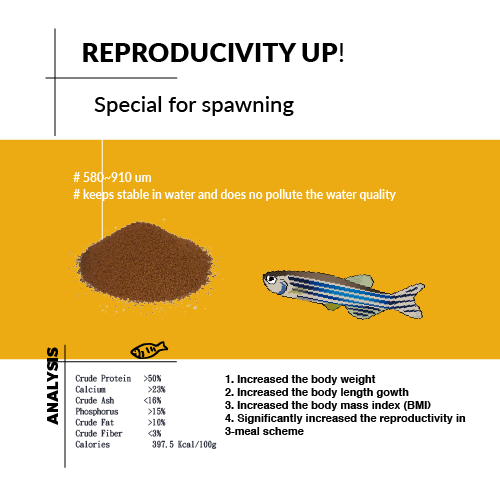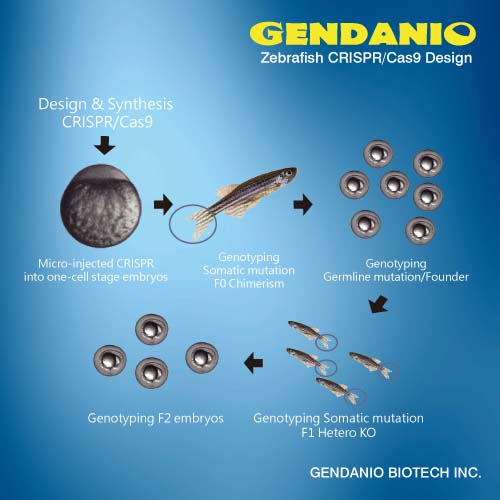ScienceDaily (Oct. 4, 2011) — A study into the muscle development of several different fish has given insights into the genetic leap that set the scene for the evolution of hind legs in terrestrial animals. This innovation gave rise to the tetrapods -- four-legged creatures, and our distant ancestors -- that made the first small steps on land some 400 million years ago.
A team of Australian scientists led by Professor Peter Currie, of the Australian Regenerative Medicine Institute at Monash University, and Dr Nicolas Cole, of the University of Sydney, report their results October 4 in online, open access journal PLoS Biology.
Scientists have long known that ancient lungfish species are the ancestors of the tetrapods. These fish could survive on land, breathing air and using their pelvic fins to propel themselves. Australia is home to three species of the few remaining lungfish -- two marine species and one inhabiting Queensland's Mary River basin.
There are big gaps in our knowledge, however. Most conclusions have previously been drawn from fossil skeletons, but the muscles critical to locomotion cannot be preserved in the fossil record. The team used fish living today to trace the evolution of pelvic fin muscles to find out how the load-bearing hind limbs of the tetrapods evolved. They compared embryos of the descendants of species representing key turning points in vertebrate evolution to see if there were differences in pelvic fin muscle formation. They studied "primitive" cartilaginous fish -- Australia's bamboo shark and its cousin, the elephant shark -- as well as three bony fishes -- the Australian lungfish, the zebrafish and the American paddlefish. The bony fish and in particular the lungfish are the closest living relative of the tetrapods' most recent common ancestor with fish.
"We examined the way the different fish species generated the muscles of their pelvic fins, which are the evolutionary forerunners of the hind limbs," said Professor Currie, a developmental biologist. Currie and his team genetically engineered the fish to trace the migration of precursor muscle cells in early developmental stages as the animal's body took shape. These cells in the engineered fish were made to emit a red or green light, allowing the team to track the development of specific muscle groups. They found that the bony fish had a different mechanism of pelvic fin muscle formation from that of the cartilaginous fish, a mechanism that was a stepping stone to the evolution of tetrapod physiology.
"Humans are just modified fish," said Professor Currie. "The genome of fish is not vastly different from our own. We have shown that the mechanism of pelvic muscle formation in bony fish is transitional between that in sharks and in our tetrapod ancestors."
Source: ScienceDaily
























